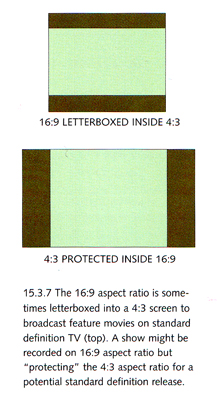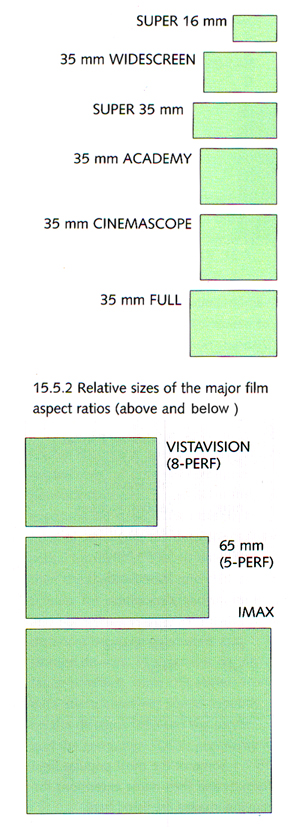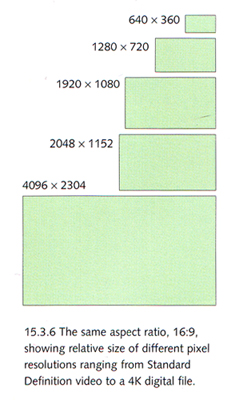
Year: 2015
-
CineSync
You could be working with a commercial agency, a film director, a VFX studio or a games developer. You need to know that the person on the other end of the line is seeing exactly what you are showing them.
cineSync’s intuitive drawing tools allow anyone in the session to sketch right on top of the image.
You can circle or point to areas of interest, or paste “sticky note” text boxes, visible to everyone in the session.
You can also save out annotated reference frames – or even export the clip with the annotations burned in.
-
Six Different Kinds of Light John Alcott
John Alcott, the great cinematographer who worked with Stanley Kubrick for some time, speaks at length about Kubrick and his additional work on 2001: A Space Odyssey
-
-
Rendering – BRDF – Bidirectional reflectance distribution function
http://en.wikipedia.org/wiki/Bidirectional_reflectance_distribution_function
The bidirectional reflectance distribution function is a four-dimensional function that defines how light is reflected at an opaque surface
http://www.cs.ucla.edu/~zhu/tutorial/An_Introduction_to_BRDF-Based_Lighting.pdf
In general, when light interacts with matter, a complicated light-matter dynamic occurs. This interaction depends on the physical characteristics of the light as well as the physical composition and characteristics of the matter.
That is, some of the incident light is reflected, some of the light is transmitted, and another portion of the light is absorbed by the medium itself.
A BRDF describes how much light is reflected when light makes contact with a certain material. Similarly, a BTDF (Bi-directional Transmission Distribution Function) describes how much light is transmitted when light makes contact with a certain material
http://www.cs.princeton.edu/~smr/cs348c-97/surveypaper.html
It is difficult to establish exactly how far one should go in elaborating the surface model. A truly complete representation of the reflective behavior of a surface might take into account such phenomena as polarization, scattering, fluorescence, and phosphorescence, all of which might vary with position on the surface. Therefore, the variables in this complete function would be:
incoming and outgoing angle incoming and outgoing wavelength incoming and outgoing polarization (both linear and circular) incoming and outgoing position (which might differ due to subsurface scattering) time delay between the incoming and outgoing light ray
Categories
- 3Dprinting (166)
- A.I. (553)
- animation (336)
- blender (183)
- colour (224)
- commercials (45)
- composition (147)
- cool (357)
- design (617)
- Featured (54)
- hardware (291)
- IOS (107)
- jokes (134)
- lighting (272)
- modeling (104)
- music (183)
- photogrammetry (160)
- photography (740)
- production (1,224)
- python (81)
- quotes (480)
- reference (302)
- software (1,285)
- trailers (287)
- ves (510)
- VR (218)
Recent Posts
- Midjourney – Film types and tokens for photorealism
- NVidia Jetson Orin Nano Super Developer Kit – The most affordable generative AI supercomputer
- Pencil2D – a free, easy, intuitive tool to make 2D hand-drawn animations
- Natron – a free, cross-platform, open source Compositing Software For VFX and Motion Graphics
- Shotcut.org – a free, open source, cross-platform video editor











